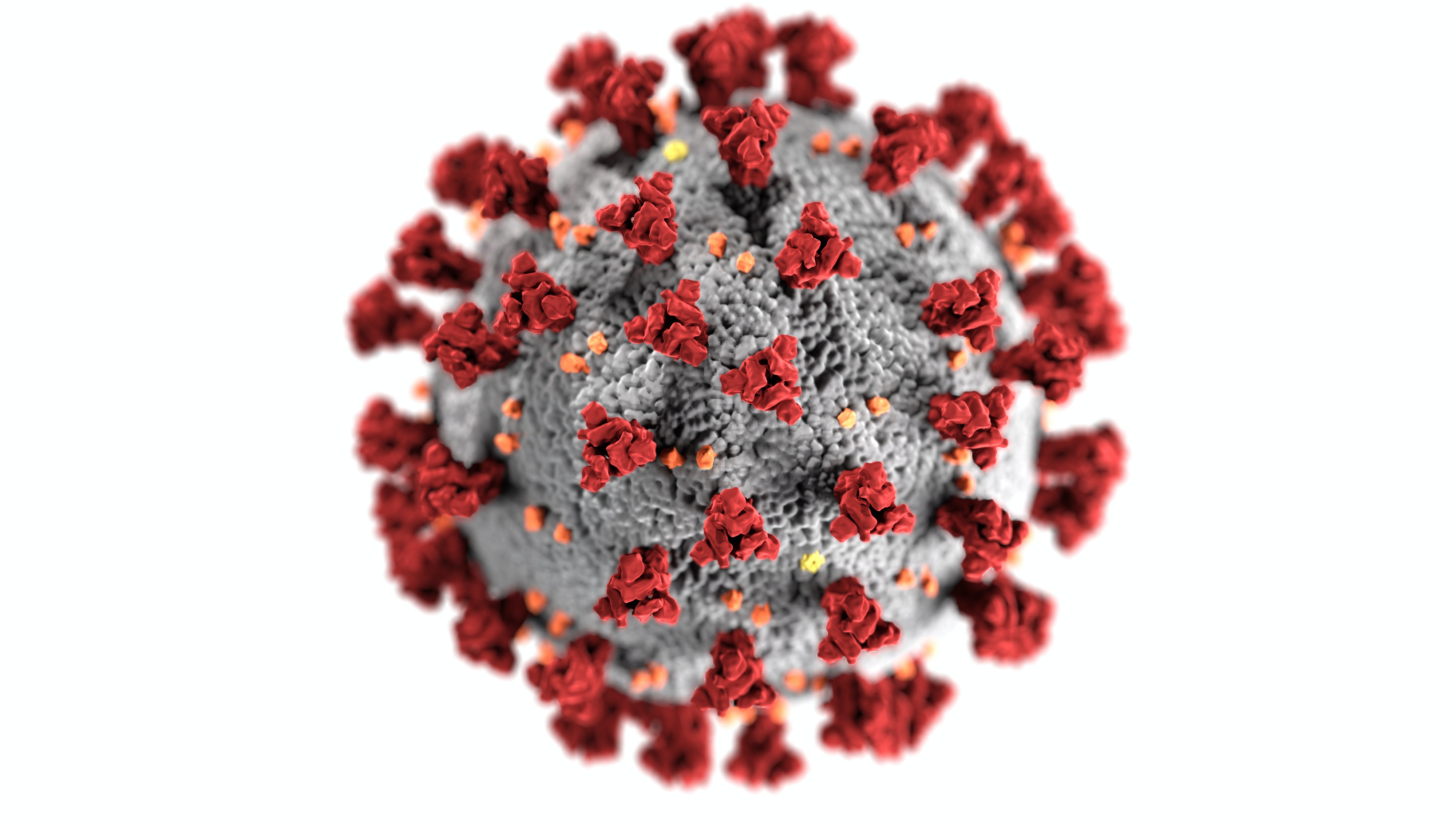Immersive real-time animation, showing changes at the molecular level, research papers published today
We know that drug development requires a long process, which can take years to decades, and in order to speed up progress, artificial intelligence may be able to help .
Popularly explain the development of AI + new drugs, which is the use of artificial intelligence to conduct “virtual” screening of 5000-10000 compounds. That is not to do part of the experiment, but to use the database for analysis, greatly speeding up the development progress. This has formed a race track, gathered domestic and foreign startups, the head players have entered the B / C round, and accumulated hundreds of millions of yuan in financing.
Recently, it has been discovered that following artificial intelligence, virtual reality is also helping to develop drugs. A virtual reality startup called Nanome in San Diego, California, USA, is helping to develop and adapt to the new crown Pneumonia drugs.
How can VR help develop new crown drugs? The company said that the platform’s approach is to use virtual reality to help people visualize proteins, compounds, and nucleic acids to form an “real-time animation” of images, help scientists understand the interaction of compounds in a tiny world at the molecular level, and allow research and development. The author modifies and simulates the process of the compound.
In other words, this VR platform promotes the effective communication of data and has the functions required by the existing computational chemistry workflow. Nanome is the first VR company to launch this immersive real-time scientific discovery collaboration platform. Currently, many pharmaceutical and biotechnology companies around the world have adopted this solution.
Observed that, today, Nanome and Insilico Medicine, an artificial intelligence new drug research and development company, have published a research paper describing 10 major targets for SARS-CoV-2. Protease, a potential small molecule inhibitor. It can be understood that 10 kinds of treatment options for new coronary pneumonia were found.

Studies believe that Two-thirds of the SARS-CoV-2 genome contains unstructured Proteins, such as viral proteases (proteins necessary for viral replication), are potential therapeutic targets that cannot be ignored.
“The main protease of SARS-CoV-2 is a protein that is more drug-available than the spike protein,” Dr. Alex Zhavoronkov, lead author of the paper and CEO of Insilico, said, “It contains a very suitable Pockets of small molecule inhibitors. Preliminary research on new coronary pneumonia treatment methods mainly relies on the identification of drug recombination candidates, but we are making new attempts to develop new drug-like molecules. ”
In the past, research on SARS coronavirus and MERS coronavirus has mainly focused on the development of small molecule therapies using protease inhibitors (inhibiting the virus by interfering with the viral replication ability). -2 Research on protease inhibitors is rare.
Insilico Medicine completed a $ 37 million Series B round of investment in innovation workshops and Qiming Ventures last year, and signed cooperation agreements with large international pharmaceutical companies such as Pfizer, Astellas and Boehringer Ingelheim.